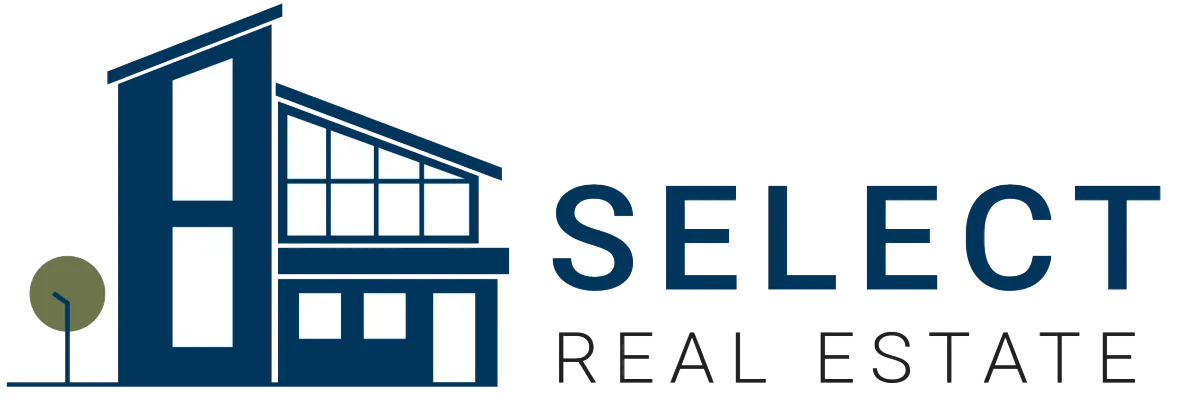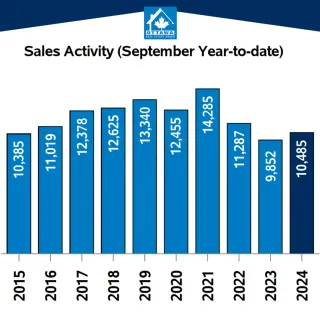
Ottawa’s MLS® Home Sales Healthy Amid a Shifting Market
Ottawa Real Estate Board Stats September 2024 ...more
Ottawa Market Updates
October 11, 2024•3 min read
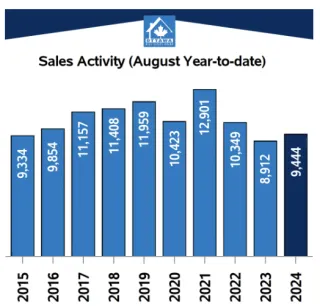
Ottawa’s Hot Summer Market Expected to Extend into Fall
Ottawa’s Hot Summer Market Expected to Extend into Fall ...more
Ottawa Market Updates
September 09, 2024•3 min read
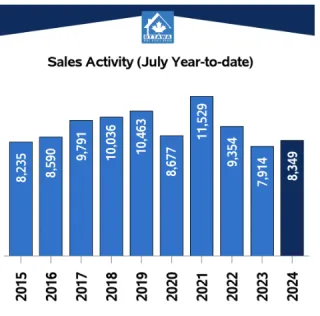
Ottawa’s MLS® Market Gains Momentum Heading into Summer
Ottawa’s MLS® Market Gains Momentum Heading into Summer ...more
Ottawa Market Updates
August 08, 2024•3 min read
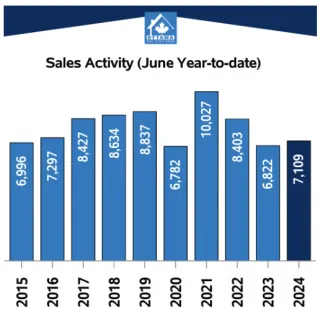
Ottawa’s MLS® Activity Builds After Recovering from Prior Slowdown
Ottawa’s MLS® Activity Builds After Recovering from Prior Slowdown ...more
Ottawa Market Updates
July 04, 2024•3 min read
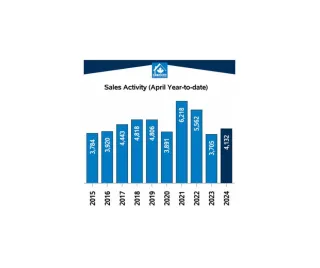
Modest Gains Across Ottawa’s MLS® Market a Sign of Shared Confidence
Modest Gains Across Ottawa’s MLS® Market a Sign of Shared Confidence ...more
Ottawa Market Updates
May 07, 2024•3 min read

Spring Home Maintenance 101
Say goodbye to Winter and leap into Spring. Here are s few tips to help keep your largest in tip top condition! ...more
Home Maintenance
April 30, 2024•2 min read
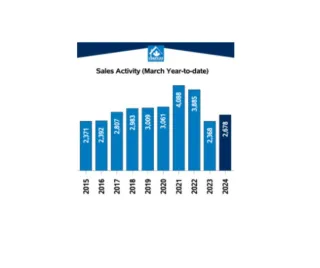
Ottawa MLS® Market Shows Early Signs of a Buzzing Spring Market
Ottawa MLS® Market Shows Early Signs of a Buzzing Spring Market ...more
Ottawa Market Updates
April 05, 2024•3 min read
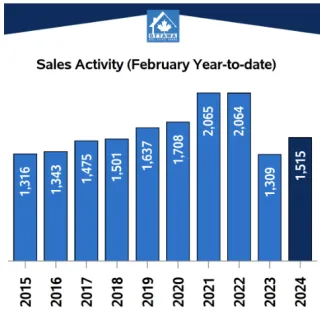
Ottawa’s MLS® Market Activity Shows Strong Start to the Year
Ottawa’s MLS® Market Activity Shows Strong Start to the Year ...more
Ottawa Market Updates
March 08, 2024•3 min read
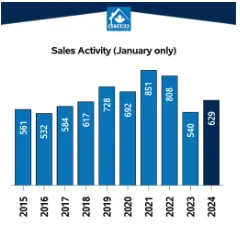
Ottawa’s MLS® Market Thawed in January but Sales Still Slow
Ottawa’s MLS® Market Thawed in January but Sales Still Slow ...more
Ottawa Market Updates
February 09, 2024•3 min read
Ready to Start?
Select Real Estate
Corinne Campbell & Kim Ziebell
REALTOR®, Brokers
(613) 701-9490
2141 Thurston Drive, Unit 103
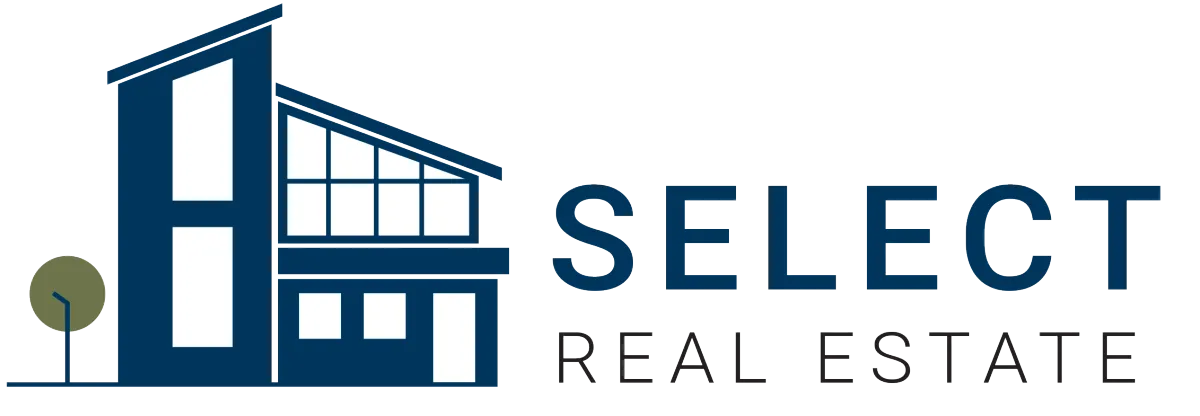
Contact Us
